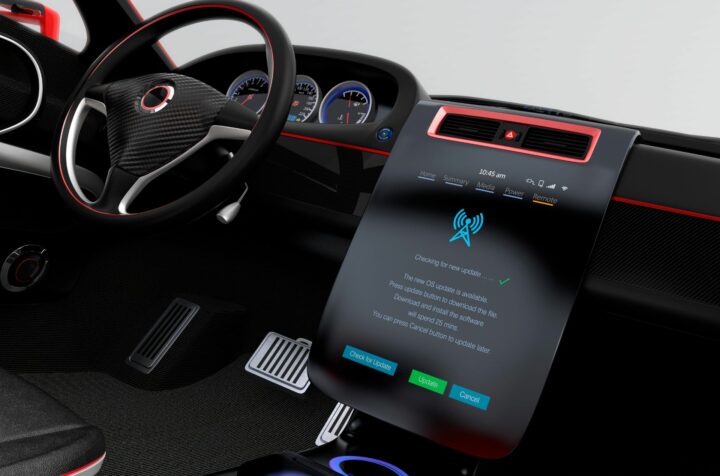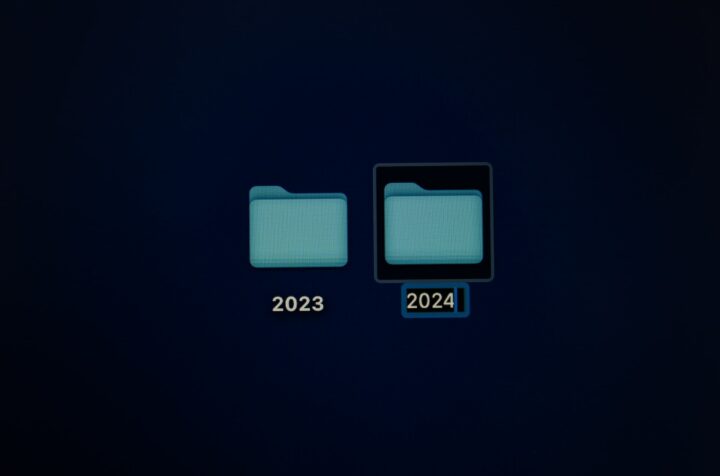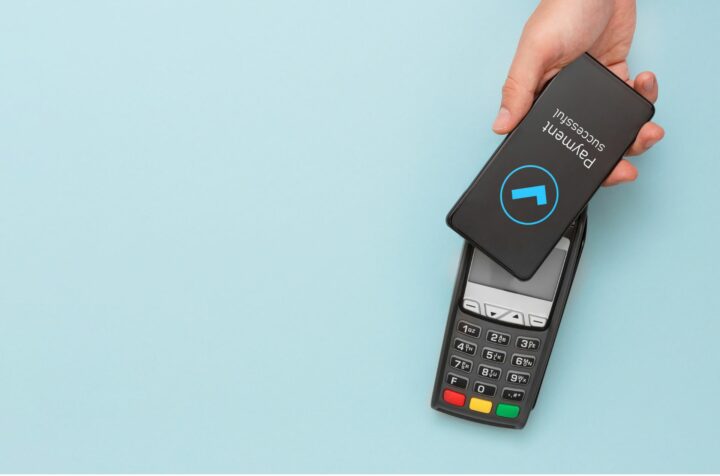“Card sorting is a UX research method in which study participants group individual labels written on notecards according to criteria that make sense to them. This method uncovers how the target audience’s domain knowledge is structured, and it serves to create an information architecture that matches users’ expectations.” That’s the definition of Card Sorting according to the Nielsen Norman Group, World Leaders in Research-Based User Experience.
But, what does that mean exactly? When designing a website, you normally have a lot of information that needs to be grouped in the best possible way. So, what most companies will do, is take the logic they use internally to group products and apply it without further thought, directly, to their website. Sometimes this works, but more often, it goes like this: the super-experienced and highly professional Product Owner, who knows everything about the products his company offers, clusters the products based on his professional view. And therefore completely confuses the visitors of the website.
Let me give you an example to make it even clearer. In my free time, I ride horses on a competitive level – I guess that doesn’t apply to most of you who read this blog article. So, in this example, I am the highly professional and experienced PO and you are the average users.
Let’s imagine I’m planning to open an online shop for saddles. I choose to cluster the saddles by the material that is used to build the saddletree (the thing inside every saddle that keeps it stable). Well, that wouldn’t help you very much, nor would it help even the majority of riders – as most of them don’t know the differences (and don’t actually care). If I now add the categories “carbon”, “wood“, “plastic” etc. to my website – none of you (my visitors) would know where to get the needed info and you would quickly leave, knowing that there are many, many other saddlers out there who also sell saddles, just like mine, but who use categories I understand. You see, what makes perfect sense from my point of view as an experienced PO is completely misleading and confusing you – my potential clients.
And that’s the moment when Card Sorting enters the stage.Because certainly, the most important purpose of a website is that users can find what they need – and they should find it quickly. So, instead of deciding for them which products should be summarised under one category – do the trick and let them do the work.
How does Card Sorting work?
Card Sorting is a method that does not necessarily need to be very technical. The easiest way is to use an actual set of cards or post-its and conduct the test in your office. Of course, nowadays it seems natural to conduct Card Sorting online as there are many online card sorting tools available. This also allows you to involve a lot more testers from everywhere around the globe.
Depending on your needs, you can either perform a Closed or an Open Card Sorting Test. In the open method, participants sort topics from content on your website, into categories that make sense to them. They then name each group that they created in the way they feel fits best. This approach can especially prove to be invaluable in the early stages of development. So if you are planning to start an online shop, for example, and need some user research to find out where people expect to find the information they’re looking for, or, if you don’t know yet, how to structure the content you’re going to offer, then open card sorting is something you should try. It can also be great to understand if different people within your target group might have different assumptions when it comes to where to find the right information.
In comparison, a Closed Card Sorting Test works with a predefined set of categories in which testers sort the content of a website or app during the card sorting session. This is great if you want to find out if users agree on the categories you already built (regardless if those are online yet or still in the planning phase). It also allows you to find out how distinct your categories are – if a lot of testers sort the same cards into completely different categories that might give you a hint that some refinement is needed.Another good idea might be, to combine open and closed card sorting. That way you can use the open card sorting to identify which categories you need and then re-check them by conducting a closed card sorting test.
To increase the accuracy of the results gathered, we recommend doing online Card Sorting tests with a minimum of 50 and up to 100 testers. When it comes to an open Card Sorting test, it is especially important to have a high amount of participants to ensure reliable results and to gain a better understanding of the different categories and patterns the testers wish to have.
What makes Card Sorting Tests so valuable?
Since 1996 the Nielsen Norman Group has reported on the top 10 mistakes in web design. The latest study included 215 participants from the US and the UK. They analyzed results of more than 43 sites ranging from small businesses to global organizations. And year after year there is the same top mistake: People can’t find the information they’re looking for due to unexpected locations for content. Nielsen Norman Group states that many sites offer poor category names or arrange the content based on the company’s view and not the user’s. As a result of the poor UX, people can’t locate what they need.The second mistake in website design is very similar to the first: Category or link names that are very similar to each other, with the consequence, that the user can’t distinguish between them. Perhaps the categories make a lot of sense on their own but none at all when you put them next to each other. In the best case, your users start guessing where they can find the information they’re seeking but in most cases they will leave your site and go find the desired product somewhere else.
To avoid these very common mistakes usability testing and card sorting are essential. Even if all your employees think your categorization is suitable and logical, that doesn’t mean your user will agree. So invest the time to conduct a card sorting test – you won’t regret it. To prove that I’m right and to show you how Testbirds can help you design a web page that suits your customers’ needs, let me give you a real-world example of a test we conducted with a client.
Open Card Sorting Online – Real World Example
Let me give you a Card Sorting example! In the test, I want to introduce to you, we were asked to support our client with re-organizing the categories of their online shop in the fitness and nutrition segment with a huge variety of products.During an online open card sorting test, 53 testers were asked to group 50 pre-defined terms and afterwards name the composed categories accordingly. As our crowd consists of more than 300,000 testers all over the world we were able to exactly match the testers to the client’s criteria. On average, testers were around 30 years old and had a big interest in diet and healthy lifestyle topics. To ensure that the test results are valid, the testers were asked to create at least 2 and a maximum of 5 categories.
To conduct the test we used an online tool, as this works best for our testers, enabling them to do remote card sorting, and would also help us to process the huge amount of data we were going to get back. Additionally, we get the results back in real-time. The following screenshot is an exemplary view of the external tool, to give you an idea, how testers worked with it.
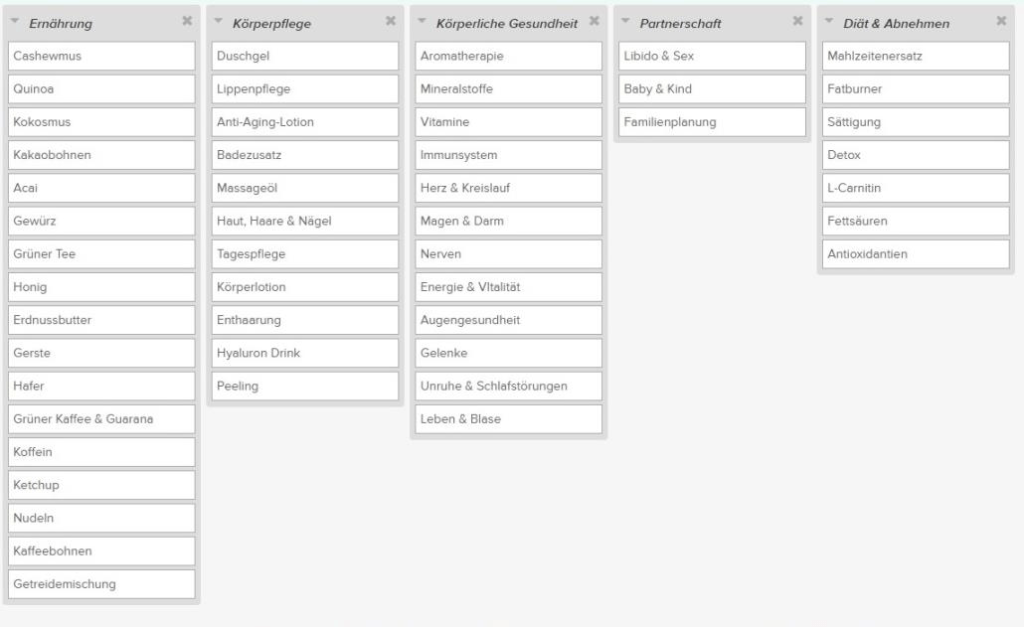
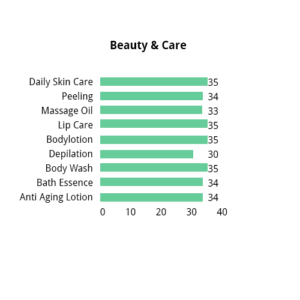
Finally, the “Participant Centric Analysis” helps us to present the categorization which was most common under testers as well as the second and third most popular option. In this test, the best solution according to testers was the following one with five categories.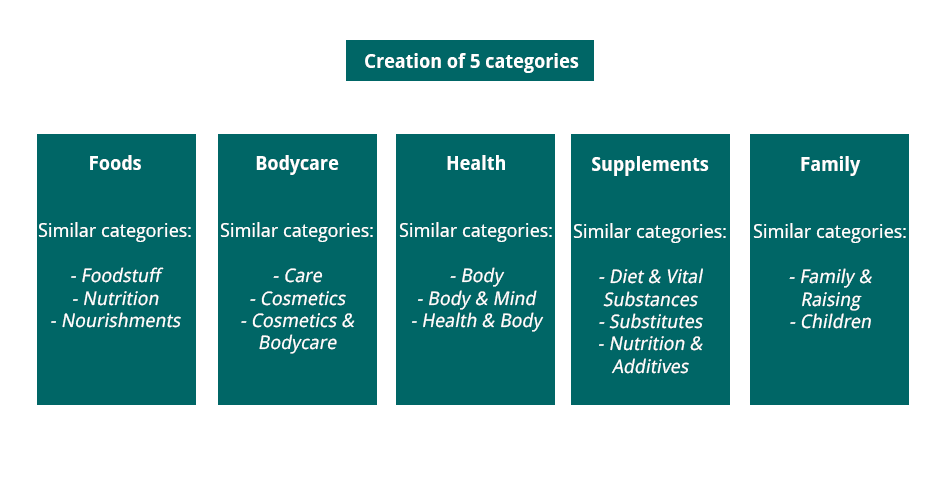
As we still wanted to allow users to search the online shop in a context-based way, we suggested including the category “Goal” with the menu items “Fitness” and “Weight loss”, to especially address users that are quite new to the subject and are not sure yet what they should buy. Besides that, we suggested adapting titles slightly and to combine some items like “Body” and “Health” to “Body and Health”. The analysis of the results and a comparison with the original website led to the following outline of the menu structure.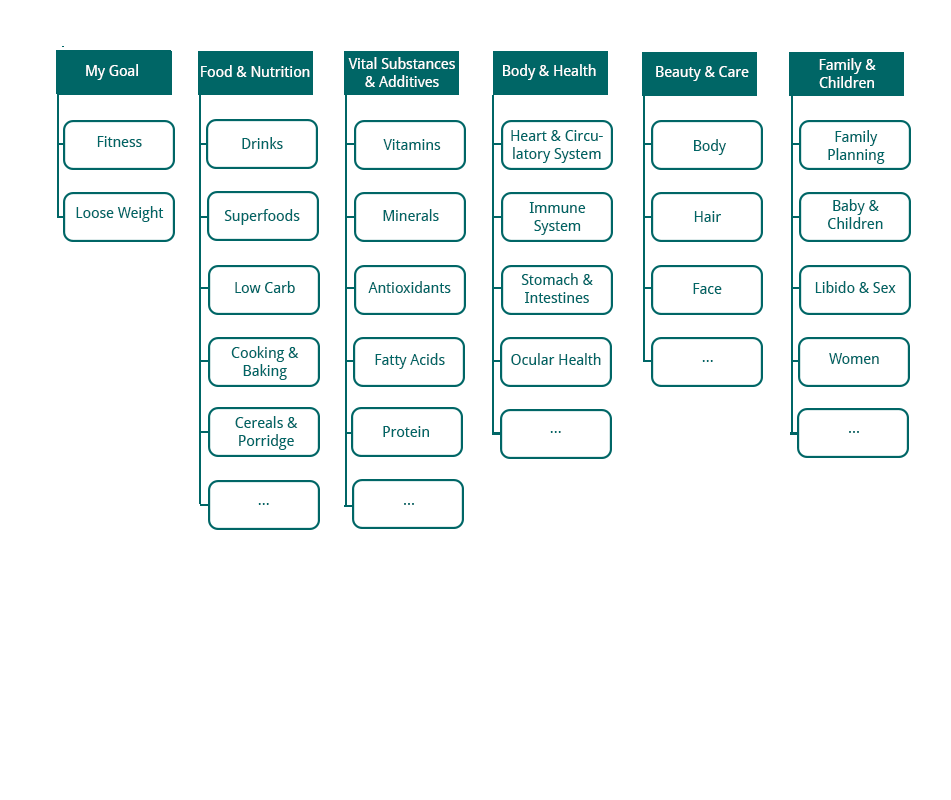
Card Sorting – The Benefits at a Glance
- Enables the creation of an intuitive and simple navigation system
- Identifies items that might be hard to categorize
- Helps to understand users’ expectations
- Provides understandable terminology and patterns
- Easy to set up, conduct and evaluate with the help of online tools
So, now, let’s get to the point where I tell you, how Testbirds can help with your Card Sorting Test.
How Testbirds helps you with your Card Sorting Test
Well, it seems like I’ve been able to convince you that Card Sorting is a great tool for securing a well-organized and structured website with good user experience. But, I bet you still have a lot of questions in mind that are holding you back from starting your own open or closed card sorting test right away. Questions like: “Where do I find enough testers?”, “How can I make sure that testers are representative of my target group?”, “Who will evaluate the results as I don’t have time and have never done this before?”, “How should I decide what to do with the results?”.
Well, for all of those questions there is an easy answer: Let Testbirds take care of it! “Where do I find enough testers?”
We already have them in our crowd! Our crowd consists of more than 300,000 testers in 193 countries. To find 50-100 testers for your Card Sorting project, therefore, shouldn’t be a big problem.“How can I make sure that testers are representative of my target group?”
Again, with us! We can find testers that exactly match your target group, as we can sort them by more than 65 criteria. You need Spanish speaking tech-nerds? We have them! Or are you rather looking for German male car owners who earn more than €100,000 per year? No problem for our recruiters from the crowd-team. So just tell us who you need and we will find the right testers for you. That way we can make sure that your test results are truly representative of your target group and you don’t end up optimizing the UX of your website for people other than the ones you really want to reach.
“Who will evaluate the results as I don’t have time and have never done this before?”Well, that’s easy – we have experienced project managers who are happy to get that job done for you. At the end of your test, they will take care of the evaluation and summarise everything in a detailed final report as part of our offer.“How should I decide what to do with the results?”
Please, don’t worry about this. Included in the final report there will be a recommendation from our UX-expert Project Managers. Of course, you can always draw your own conclusions, even without prior Card Sorting experience, as everything will be well explained in the report – but to give you an idea of what we think would work best, we will always include and explain our recommendations.
So if you’re ready to start your Card Sorting test now, reach out to us. We are happy to help you build great UX for your users.



